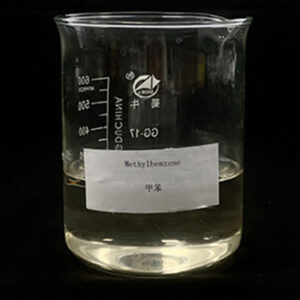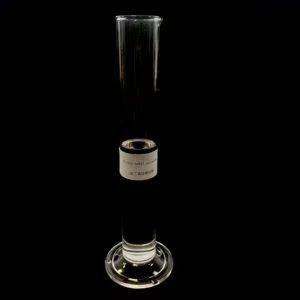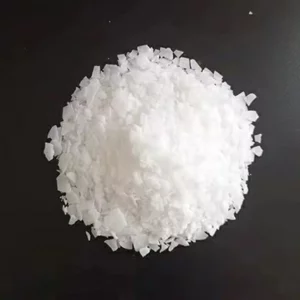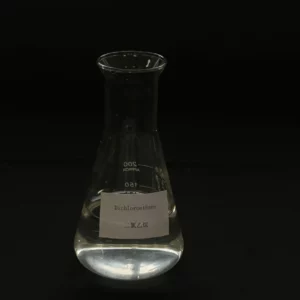পণ্য
Dichloroacetyl Chloride
- পণ্যের নাম: ডাইক্লোরোসেসিটাইল ক্লোরাইড
- সি এ এস নং.: 79-36-7
- বিশুদ্ধতা: 99%
- এমএফ: C2HCl3O
- চেহারা: colorless fuming liquid
- প্যাকেজ: ব্যাগ
- সনদপত্র: আইএসও
- আবেদন: It is a chemical compound primarily used in the synthesis of pharmaceuticals and agrochemicals. It is a reagent in organic chemistry that is utilized for various reactions, including the introduction of the dichloroacetyl group into molecules.
- নমুনা: পাওয়া যায়
আমাদের ইমেইল পাঠান
পণ্য বিবরণী
Dichloroacetyl chloride is an organic compound with the formula C2H2Cl2O. It is a colorless to yellowish liquid with a pungent odor. Chemical dichloroacetyl chloride is an important intermediate in organic synthesis and has been widely used in chemical synthesis and organic synthesis. It has electrophilic properties, especially suitable for alkylation, এসটারিফিকেশন, acylation and other reactions.
পণ্য পরামিতি
আবেদন
1. Drug synthesis: dichloroacetyl chloride is commonly used in the synthesis of drugs and bioactive compounds. It can react with amino acids, amines and alcohols to form various organic synthesis intermediates and drugs.
2. Esterification reaction: dichloroacetyl chloride can be used as a reagent for esterification reaction to react with alcohol to produce ester compounds, which are widely used in organic synthesis.
3. Nucleophilic substitution reaction: dichloroacetyl chloride can be substituted with nucleophilic reagents such as amino acids, mercaptans, ইত্যাদি, to generate compounds with specific structures and activities.
4. Reagents and catalysts: dichloroacetyl chloride can be used as reagents and catalysts for catalytic and accelerator in some organic reactions.
পণ্যের একাধিক ব্যবহার
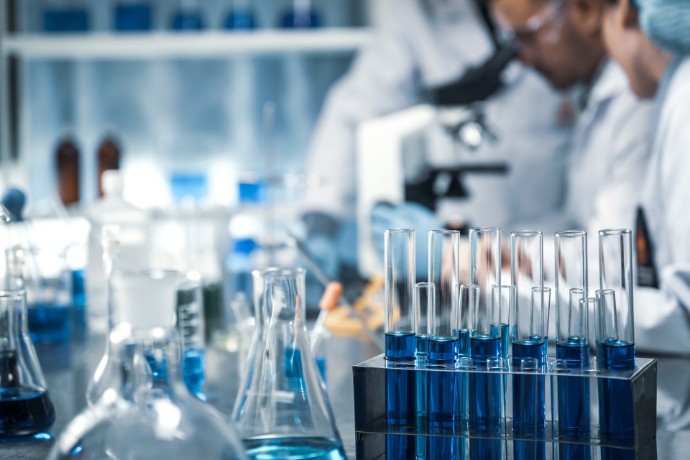
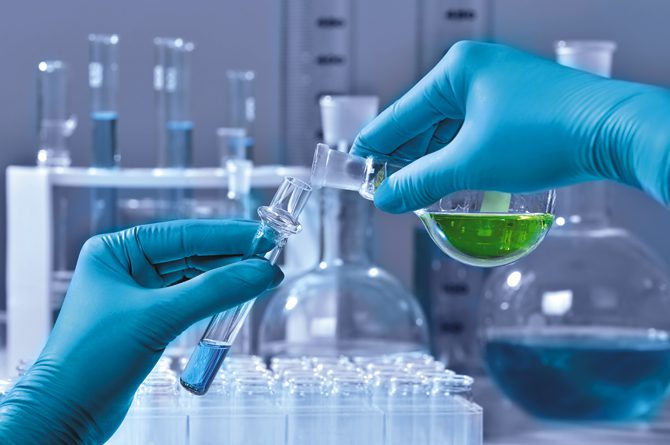
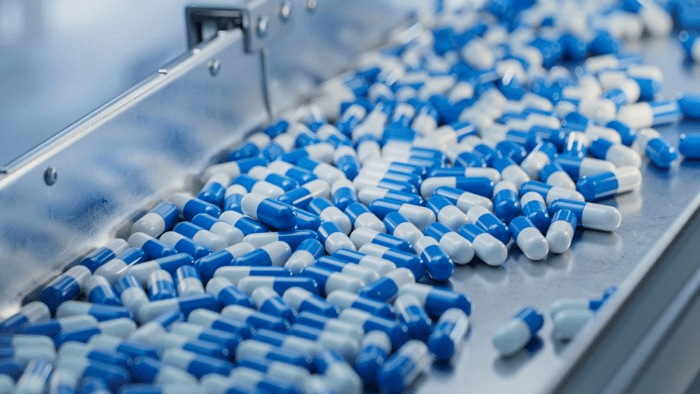
এটি রাসায়নিক উত্পাদন ব্যবহার,ঔষধ শিল্প,রাসায়নিক গবেষণা ও উন্নয়ন,Rubber and Plastics Modification

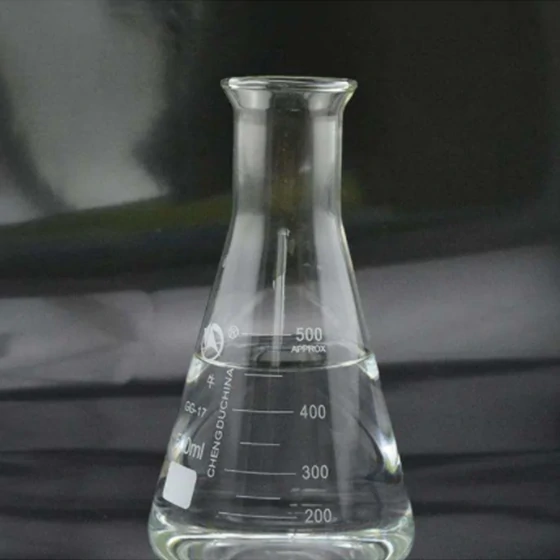
.webp)
.webp)
.webp)
